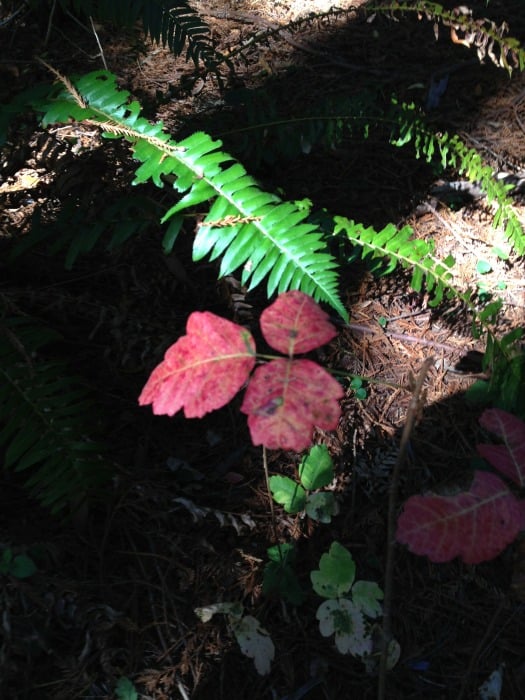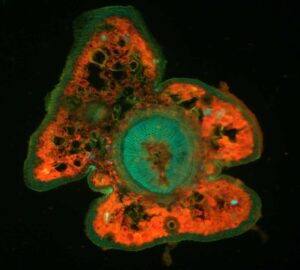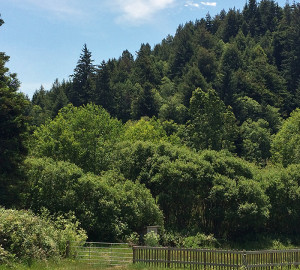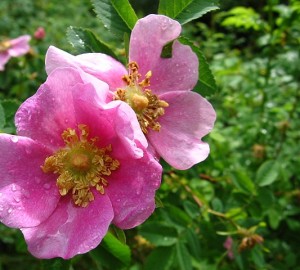While the colorful display of poison oak leaves turning red in the fall is certainly beautiful among the redwoods right now, the sight is also totally frightening if that plant gives you a nasty rash! Despite most people despising this plant, poison oak is truly an amazing botanical wonder and here is why:
Poison oak (Taxicodendron diversilobum) grows along Western North America in a wide variety of habitats and growth forms. It can be a tiny herbaceous plant on the forest floor, or a climbing vine that reaches high into the redwood canopy, or a large shrub that grows in harsh bright sunlight in exposed meadows and hillslopes beyond the forest. The inherent flexibility of this plant makes it truly cosmopolitan. Pollinated by bees and dispersed by birds that eat their fruits and seeds, poison oak is an integral component of the redwood forest food web.
That said, the oil in its leaves and stems (called urushiol, say “yoo-ROO-shee-all”) is miserable. When you touch the plant, oils spread onto your skin and can cause a rash. Now I can speak from experience, I got my very first poison oak rash this week after so many years frolicking in the woods!









